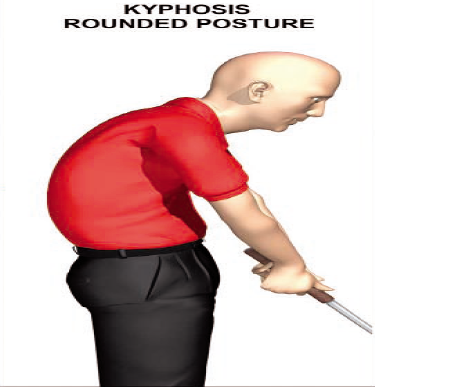How To Check Your Joint Range of Motion It is important in a good golf swing to be able to move with freedom and speed. Having a body that is capable of this type of movement means that more power can be generated and a more consistent and reliable swing can be...
Golf Fitness, Is It For You?
Golf Fitness, Is It For You?
There has been a lot of coverage lately in the media and on social media about golf fitness and the training that certain tour players complete. Some of the comments made have been negative towards fitness training for golfers and I thought I would outline some of my thoughts on the topic.
I feel that it is important to understand a few things about training for golf and to make sure that you get the best possible advice when you are setting up a training program. Some of the common questions I get asked are answered below.
Is all physical training good for golf?
Different sports have different physical components and, therefore, need different training to ensure the needs of the athlete playing the sport are met. A football player would not train the same as a gymnast as these sports require different physiques and have different characteristics. It stands to reason that a golfer would need to train in a way that maximizes their ability to play golf. This would involve an analysis of their body’s strengths and weaknesses, their goals and the time they have available. From this analysis a program can be designed to assist the golfer in achieving their goals and improving their performance.
Should I train like a tour player?
The simple answer to this question is no! As I mentioned before you need a personalised program designed by a qualified golf fitness trainer who understands you and your goals. You should not be training like Tiger, Rory, Jason or Jordan as they have their own strengths and weaknesses and have a personalised training program.
Will lifting weights as part of my golf fitness routine make me look like Arnold Schwarzenegger?
Again, the short answer is no! It takes a special type of training the genetics of Arnold to build a body like his and if you are training correctly for golf you will not build this kind of muscle.
Will lifting weights make me lose flexibility?
If you have a well designed program and are including a good stretching program as part of your training you should have no issue with flexibility. Obviously, if you neglect your stretching you may lose some flexibility but the same rule applies if you neglect your strength training. To put it simply, use it or lose it!
These questions are the most common ones I get about golf training and below you will find the key pieces of advice I give all my students.
- Find a qualified trainer who you trust and understands golf
- Make sure they perform a thorough screening prior to undertaking any training
- Make sure your training program is tailored to your needs, goals and physical capabilities
- Ensure your trainer teaches you to use correct form and technique on all your exercises
- See your trainer on a regular basis to check your progress and adjust your program as needed
- Be consistent with your training to see the best possible results
These are some of my thoughts and common questions I receive. If you have any other questions or comments please feel free to use the comments section to ask me.
Until next time,
Brent Davis
Training & Education Coordinator
PGA Centre For Learning Performance
Melborne, Victoria, Australia
http://www.brentdavisgolf.com
http://brentdavisgolf.blogspot.com
Click here to “follow” Brent on Twitter
Click here to “like” Brent Davis Golf Coaching on Facebook
If you would like to see more of Brent’s work, follow Better Golf Fitness here.

Brent Davis
PGA Professional
Training & Education Coordinator
PGA Centre For Learning Performance
Melborne, Victoria, Australia
Email: [email protected]
Fitness Archives
How To Check Your Joint Range of Motion
Progressing Your Fitness Program
Progressing Your Fitness Program The topic of this blog post is progression of your fitness program. One of the most common things I experience with my clients is that they sign up for a fitness program, go through an evaluation, get a written program tailored to...
Energy On The Course
Energy On The Course In my last post I spoke about the often overlooked part of a golf training program, recovery. Four areas were mentioned in the post and I promised that I would give you some strategies that you could use for each area to give you the best possible...
TEAM MFG BLOG
Subscribe
Never miss a new post, article, or video!
Subscribe to our newsletter Chip Shots!












